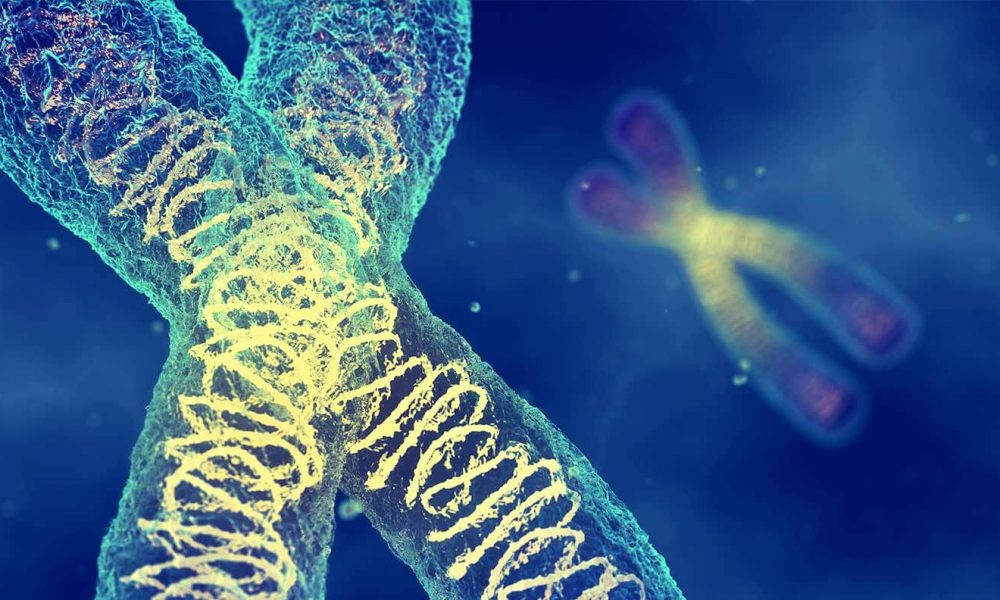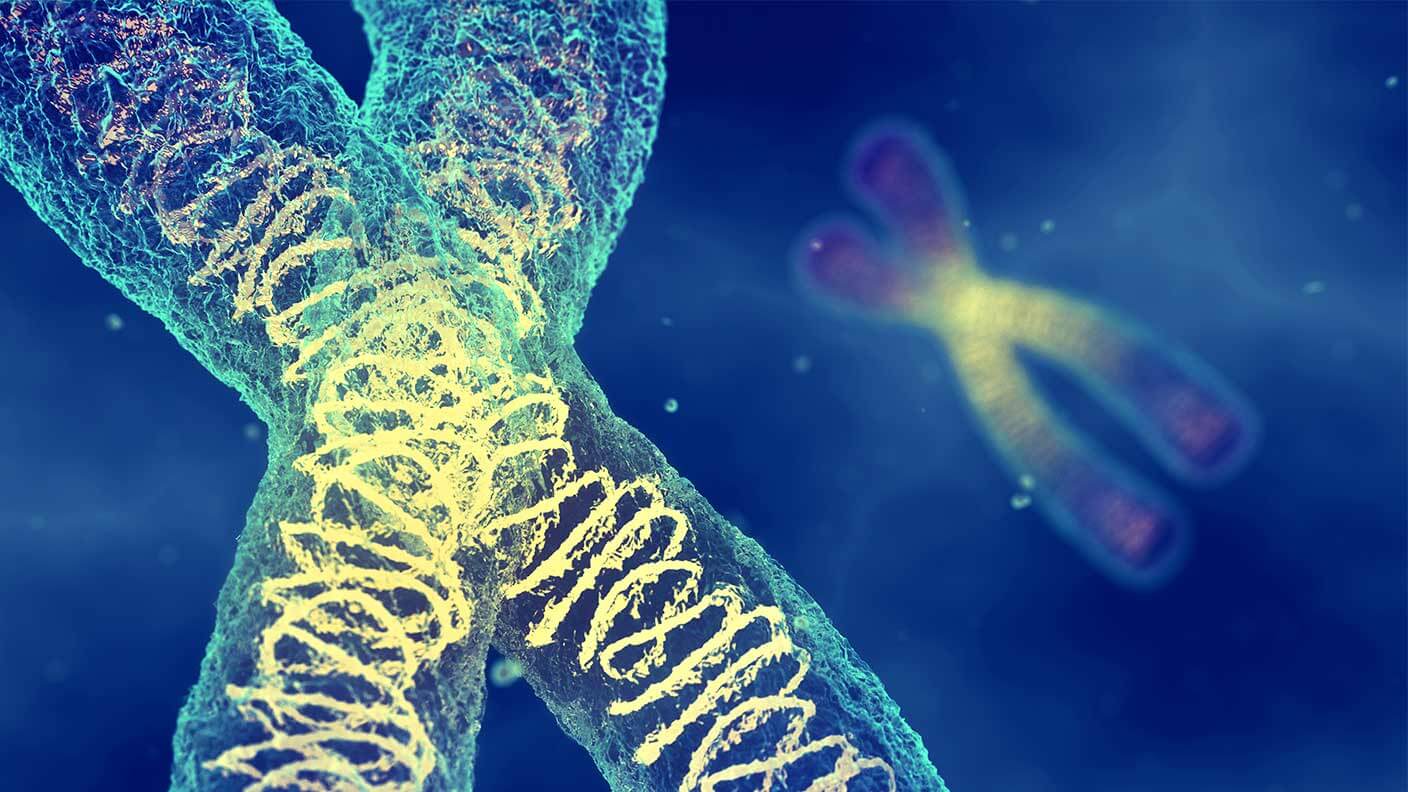
In a first, 26-yr-old DMD patient survives with stem cell therapy
 While researchers continue their studies on the effectiveness of stem cell therapy in treating diseases, a new case has shown stem cells saving a man with Duchenne Muscular Dystrophy (DMD). For the first time, a 26-year-old patient from Lucknow has survived DMD by regularly taking stem cells for the last five years.
While researchers continue their studies on the effectiveness of stem cell therapy in treating diseases, a new case has shown stem cells saving a man with Duchenne Muscular Dystrophy (DMD). For the first time, a 26-year-old patient from Lucknow has survived DMD by regularly taking stem cells for the last five years.
Usually, the children suffering from DMD die of Cardio-respiratory failure. But this patient has not lost muscle power in the last five years and heart and lung muscles and the upper half of the body are working well with the stem-cell therapy. The surgeon who is treating this patient Dr B.S Rajput says DMD is a type of muscular dystrophy and is a genetic disorder which is very difficult to treat. Autologous (from your own body) bone marrow cell transplant or stem cell therapy in such cases was started in Mumbai about ten years back. He also added that he had treated several hundred DMD patients. Recently this combination protocol was published in the International Journal of Embryology and stem cell research.
According to Dr Rajput who was recently appointed as visiting professor at GSVM Medical College, Kanpur, this disease is endemic in eastern UP, especially Azamgarh, Jaunpur, Ballia and some of the adjoining districts of Bihar, and one out of every 3,500 male children, suffers from the disease. Yet, it is not given as much attention as it should be.
Though patients in Uttar Pradesh and Bihar get financial support from the Chief Minister’s Relief Funds, the treatment of autologous bone marrow cell transplant is not included in the package list of Ayushman Bharat scheme, which deprives many of getting the treatment.
The patient’s father said his son has maintained well with this treatment and even started earning by working on computers.
What is DMD?
Duchenne Muscular Dystrophy (DMD) is a rare, severe neuromuscular disease that affecting males and typically begins before five years of age. It is characterized by progressive muscle weakness affecting multiple body systems. The child’s motor milestones may be at the upper limits of normal, or they may be slightly delayed caused by either inherent muscle weakness, or from brain involvement. Psychometric studies show a definitively lower IQ in patients with DMD.
In addition to mental deficits, another milestone delay is the patient’s age at ambulation. Children with Duchenne MD usually do not begin to walk until about age 18 months or later.
Early features include:
- Gait abnormality classically is a waddling (due to weakness in the gluteus maximus and gluteus medius muscles and the patient’s inability to support a single-leg stance)
- Wide-based gait with hyperlordosis of the lumbar spine and toe walking.
- The child leans the body towards the other side to balance the centre of gravity, and the motion is repeated with each step.
- Hip extensor weakness; causing forward tilt of the pelvis, leading to a hyperlordosis of the spine to maintain posture.
- The Gower sign: Resulting from weakness in the child’s proximal hip muscles. To get up from a sitting or supine position, the child must first become prone to the elbows and knees. Next, the knees and elbows are extended to raise the body. Then, the hands and feet are gradually brought together to move the body’s centre of gravity over the legs. At this point, the child may release one hand at a time and support it on the knee as he or she crawls up their legs to achieve an upright position. Though Gower sign is classical in DMD, it is not pathognomic of disease.
Prognosis of the disease is always poor. Despite modern advances in gene therapy and molecular biology, MD remains incurable. With proper care and attention, patients have a better quality of life than they would otherwise, but most still die by the age of 30 years, usually as a result of cardiopulmonary failure.
Source: ET Healthworld